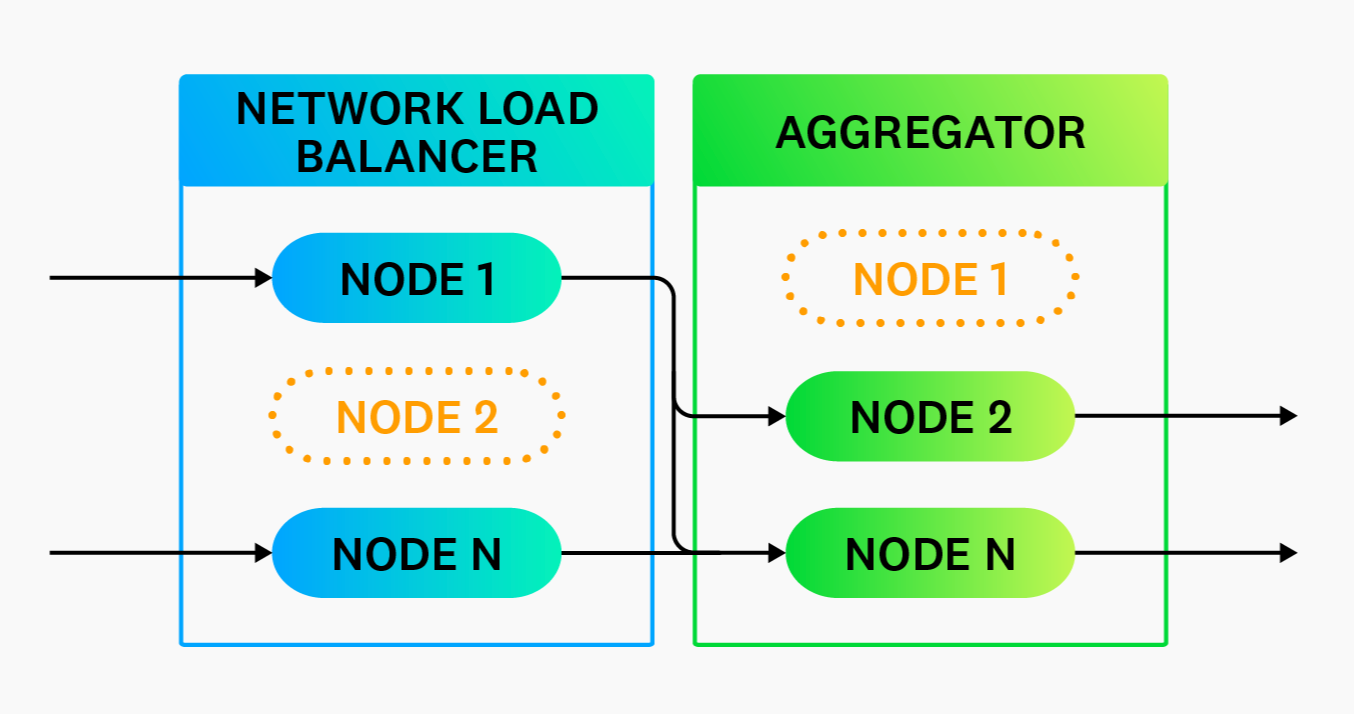- Principales informations
- Getting Started
- Datadog
- Site Datadog
- DevSecOps
- Serverless for AWS Lambda
- Agent
- Intégrations
- Conteneurs
- Dashboards
- Monitors
- Logs
- Tracing
- Profileur
- Tags
- API
- Service Catalog
- Session Replay
- Continuous Testing
- Surveillance Synthetic
- Incident Management
- Database Monitoring
- Cloud Security Management
- Cloud SIEM
- Application Security Management
- Workflow Automation
- CI Visibility
- Test Visibility
- Intelligent Test Runner
- Code Analysis
- Learning Center
- Support
- Glossary
- Standard Attributes
- Guides
- Agent
- Intégrations
- OpenTelemetry
- Développeurs
- Authorization
- DogStatsD
- Checks custom
- Intégrations
- Create an Agent-based Integration
- Create an API Integration
- Create a Log Pipeline
- Integration Assets Reference
- Build a Marketplace Offering
- Create a Tile
- Create an Integration Dashboard
- Create a Recommended Monitor
- Create a Cloud SIEM Detection Rule
- OAuth for Integrations
- Install Agent Integration Developer Tool
- Checks de service
- IDE Plugins
- Communauté
- Guides
- API
- Application mobile
- CoScreen
- Cloudcraft
- In The App
- Dashboards
- Notebooks
- DDSQL Editor
- Alertes
- Infrastructure
- Métriques
- Watchdog
- Bits AI
- Service Catalog
- API Catalog
- Error Tracking
- Service Management
- Infrastructure
- Universal Service Monitoring
- Conteneurs
- Sans serveur
- Surveillance réseau
- Cloud Cost
- Application Performance
- APM
- Profileur en continu
- Database Monitoring
- Agent Integration Overhead
- Setup Architectures
- Configuration de Postgres
- Configuration de MySQL
- Configuration de SQL Server
- Setting Up Oracle
- Setting Up MongoDB
- Connecting DBM and Traces
- Données collectées
- Exploring Database Hosts
- Explorer les métriques de requête
- Explorer des échantillons de requêtes
- Dépannage
- Guides
- Data Streams Monitoring
- Data Jobs Monitoring
- Digital Experience
- RUM et Session Replay
- Product Analytics
- Surveillance Synthetic
- Continuous Testing
- Software Delivery
- CI Visibility
- CD Visibility
- Test Visibility
- Exécuteur de tests intelligent
- Code Analysis
- Quality Gates
- DORA Metrics
- Securité
- Security Overview
- Cloud SIEM
- Cloud Security Management
- Application Security Management
- AI Observability
- Log Management
- Pipelines d'observabilité
- Log Management
- Administration
(LEGACY) High Availability and Disaster Recovery
Cette page n'est pas encore disponible en français, sa traduction est en cours.
Si vous avez des questions ou des retours sur notre projet de traduction actuel, n'hésitez pas à nous contacter.
Si vous avez des questions ou des retours sur notre projet de traduction actuel, n'hésitez pas à nous contacter.
Observability Pipelines is not available on the US1-FED Datadog site.
This guide is for large-scale production-level deployments.
In the context of Observability Pipelines, high availability refers to the Observability Pipelines Worker remaining available if there are any system issues.
To achieve high availability:
- Deploy at least two Observability Pipelines Worker instances in each Availability Zone.
- Deploy Observability Pipelines Worker in at least two Availability Zones.
- Front your Observability Pipelines Worker instances with a load balancer that balances traffic across Observability Pipelines Worker instances. See Capacity Planning and Scaling for more information.
Mitigating failure scenarios
Handling Observability Pipelines Worker process issues
To mitigate a system process issue, distribute the Observability Pipelines Worker across multiple nodes and front them with a network load balancer that can redirect traffic to another Observability Pipelines Worker instance as needed. In addition, platform-level automated self-healing should eventually restart the process or replace the node.
Mitigating node failures
To mitigate node issues, distribute the Observability Pipelines Worker across multiple nodes and front them with a network load balancer that can redirect traffic to another Observability Pipelines Worker node. In addition, platform-level automated self-healing should eventually replace the node.
Handling availability zone failures
To mitigate issues with availability zones, deploy the Observability Pipelines Worker across multiple availability zones.
Mitigating region failures
Observability Pipelines Worker is designed to route internal observability data, and it should not failover to another region. Instead, Observability Pipelines Worker should be deployed in all of your regions. Therefore, if your entire network or region fails, Observability Pipelines Worker would fail with it. See Networking for more information.
Disaster recovery
Internal disaster recovery
Observability Pipelines Worker is an infrastructure-level tool designed to route internal observability data. It implements a shared-nothing architecture and does not manage state that should be replicated or transferred to a disaster recovery (DR) site. Therefore, if your entire region fails, Observability Pipelines Worker would fail with it. Therefore, you should install the Observability Pipelines Worker in your DR site as part of your broader DR plan.
External disaster recovery
If you’re using a managed destination, such as Datadog, Observability Pipelines Worker can facilitate automatic routing of data to your Datadog DR site using Observability Pipelines Worker’s circuit breaker feature.





